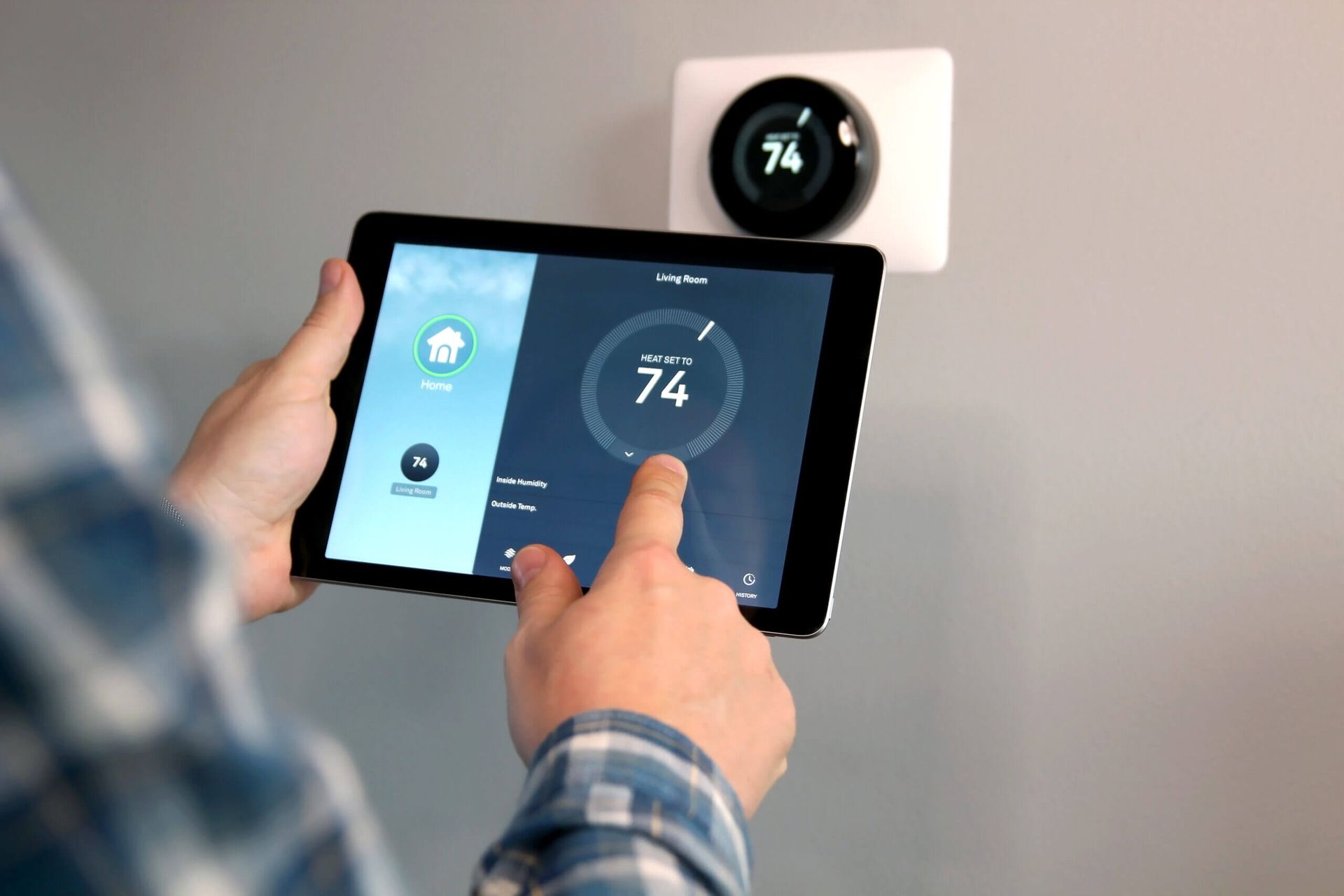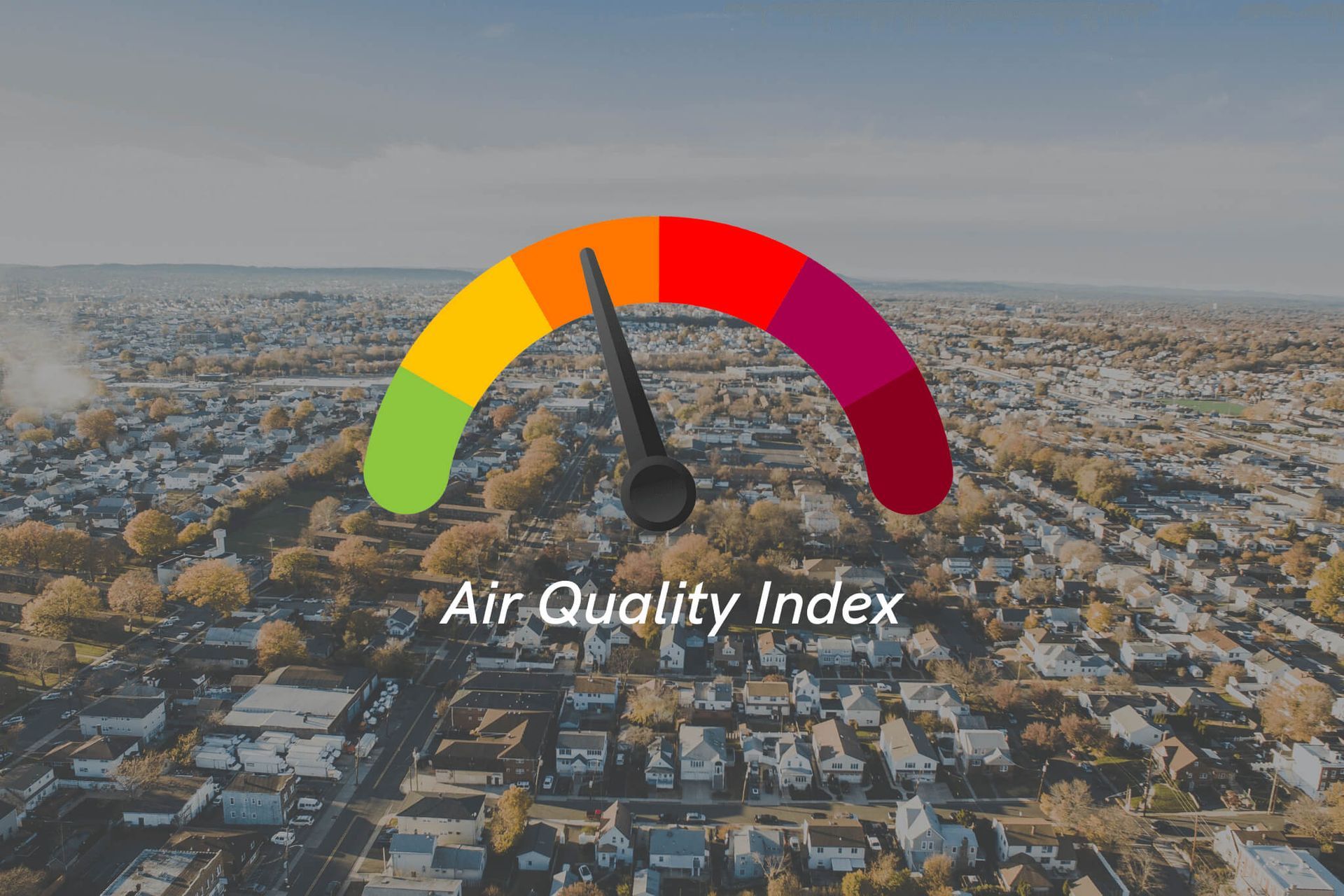What Should I Expect During the Spray Foam Insulation Installation Process in Mount Vernon?
What Should I Expect During the Spray Foam Insulation Installation Process in Mount Vernon?

1. Pre-Installation Preparation
Before the actual application of spray foam insulation, several steps must be taken to ensure a safe and efficient process:
A. Initial Assessment & Consultation
- A
professional insulation contractor will inspect your home to determine the best areas for spray foam application.
- They will assess insulation needs, potential air leaks, and moisture issues.
- You’ll receive a cost estimate and timeline for the project.
B. Choosing the Right Type of Spray Foam
There are two main types of spray foam insulation:
- Open-cell spray foam – Softer, more flexible, and better for soundproofing.
- Closed-cell spray foam – Denser, provides a stronger air and moisture barrier, and offers better insulation value.
Your contractor will recommend the best type based on your home’s needs.
C. Preparing the Work Area
- Homeowners may need to clear furniture and belongings from the work area.
- Contractors will cover floors, windows, and surfaces to protect them from overspray.
- Proper ventilation is set up to ensure safe air quality during installation.
2. The Spray Foam Application Process
Once the area is prepared, the actual insulation process begins. Here’s what happens:
A. Mixing & Spraying the Foam
- Spray foam is mixed on-site and applied using specialized equipment.
- The liquid foam expands rapidly, filling gaps and creating an airtight seal.
- The application is done in layers to ensure proper coverage and insulation value.
B. Curing & Expansion
- The foam will expand within seconds and begin curing.
- Open-cell spray foam takes about 8-24 hours to fully cure.
- Closed-cell spray foam hardens faster and cures within a few hours.
C. Ventilation & Safety Precautions
- Proper ventilation is crucial to clear fumes and ensure safe indoor air quality.
- Homeowners may need to vacate the premises for 24-48 hours to allow for curing and off-gassing.
3. Post-Installation Inspection & Cleanup
A. Trimming & Finishing
- Excess foam is trimmed to ensure a smooth, even surface.
- Contractors check for missed areas and apply additional foam if needed.
B. Final Inspection
- The insulation is inspected for proper coverage and effectiveness.
- Homeowners may receive an energy efficiency report showing the improvement in insulation performance.
C. Cleanup & Restoration
- Protective coverings are removed, and work areas are cleaned.
- Any necessary touch-ups or repairs are completed.
4. What to Do After Installation
A. Allow Proper Ventilation
- Even after curing, some residual odors may linger for a few days. Keeping windows open can help with air circulation.
B. Monitor Indoor Comfort & Energy Savings
- Over time, you should notice more
consistent indoor temperatures and
lower energy bills due to improved insulation.
C. Schedule a Follow-Up Inspection (If Needed)
If you experience any concerns, such as an unusual odor or uneven insulation coverage, contact your contractor for an assessment.
Spray foam insulation installation is a multi-step process that requires professional expertise for optimal results. From initial assessment to post-installation care, knowing what to expect can help you prepare for a smoother experience.
If you're ready to insulate your Mount Vernon home, working with a certified insulation contractor ensures you get maximum energy savings, moisture control, and comfort for years to come.








